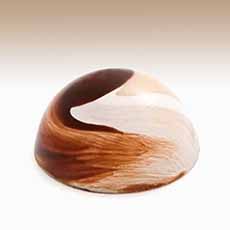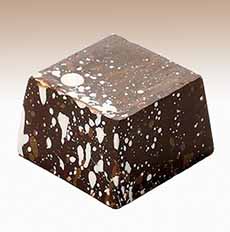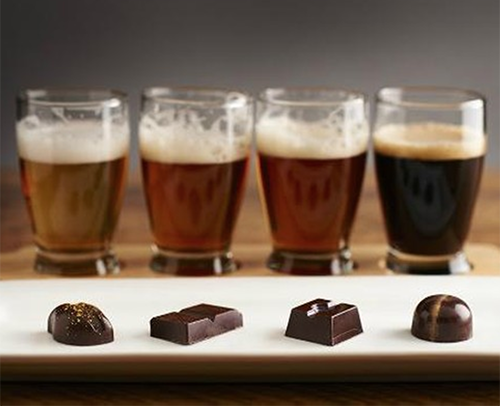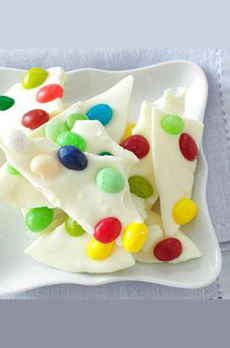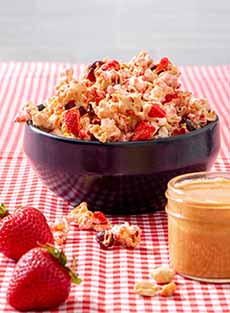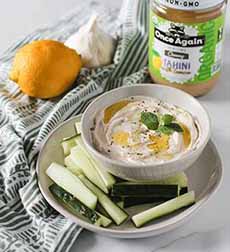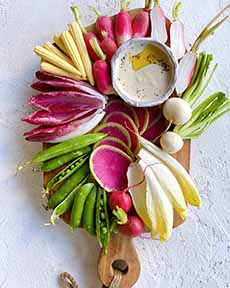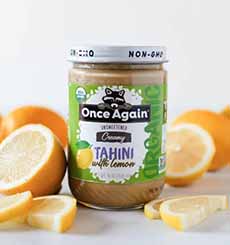|
March 31st is National Tater Day, celebrating all types of potatoes which provide us with essential vitamins, minerals, and fiber.
Potatoes are one of the most versatile and widely eaten foods worldwide. They are typically served as a side dish in the U.S.—baked, boiled, fried, hash-browned, mashed, and roasted.
Potatoes can also be made into soups and salads, tossed into casseroles, and distilled into vodka.
Because they can be cultivated anywhere—from subtropical to freezing climates—and grow well in poor soil, potatoes have gained popularity around the world. One can now find “traditional” potato dishes in every part of the globe.
We know that potatoes are a starch, but are they a vegetable?
Yes! Potatoes are stem tubers, a starchy vegetable, i.e., they contain more starch than other vegetable types).
This means that potatoes have more calories and typically less fiber than green, orange, purple, red, and yellow vegetables (it’s the potato skins that contain the majority of the fiber).
> The different types of potatoes.
> The history of potatoes.
POTATOES ARE HEALTHFUL*
Starch is a type of carbohydrate that our body breaks into glucose to use as energy, and potato starch can improve digestive and colon health [source].
In addition to starch, potatoes contain vitamins, minerals, and fiber. They’re rich in vitamin C, which is an antioxidant.
Another major nutrient in potatoes is potassium, an electrolyte that aids in the workings of the heart, muscles, and nervous system.
While white potatoes are eaten the most, those that come in other colors contain more nutrients that have health benefits.
In general, the darker the potato flesh, the more antioxidants it contains.
Sweet potatoes are a good source of vitamin A, an important nutrient for immunity and eye health.
Purple potatoes are rich in antioxidants including anthocyanins which may prevent heart disease and cancer and boost brain health.
Potatoes are less healthy when they’re loaded with animal fats, such as bacon, cheese, and sour cream.
We learned to use nonfat Greek yogurt instead of piling sour cream on our baked potatoes.
When you add scallions or chives, and just a bit of grated Cheddar, you have a lower-calorie loaded baked potato, and you greatly improve the nutrition.
Switch the bacon for tempeh bacon, turkey bacon, or even mushrooms sautéed in olive oil.
There are also bacon-flavored seasonings. We’re fans of J&D’s bacon salt.
Bake French fries instead of frying them. Here’s how.
Here’s how to make healthier mashed potatoes.
________________
*Point of grammar: people are healthy, food is healthful.
|
|

[1] Assorted potatoes. Check our Potato Glossary for the many different types (photo © Potato Goodness | Facebook).
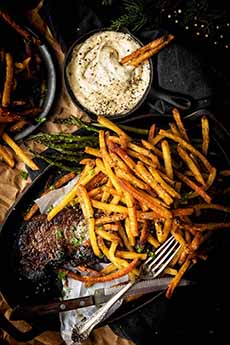
[2] Are fries America’s favorite way to eat potatoes (photo © Idaho Potato Commission).

[3] A baked potato is the easiest to make: Just scrub it, fork it, and pop it into the oven. It’s almost just as easy to add a topping—whatever you have on hand, from salsa to leftovers: tuna salad, veggies, whatever.
|
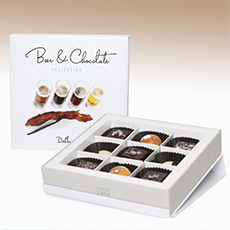
 Caramel Sea Salt Chocolate[/caption]
Caramel Sea Salt Chocolate[/caption]